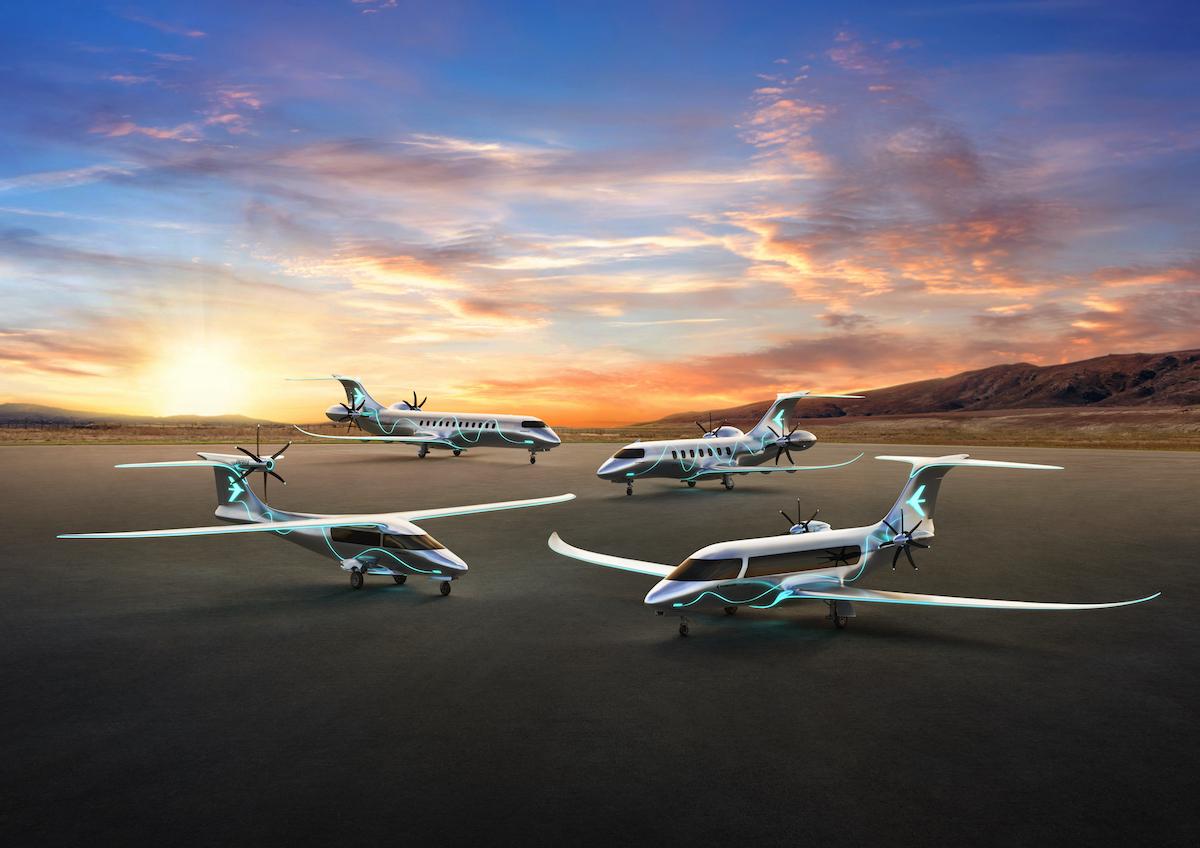Embraer Unveils 9- To 50-Seat Sustainable Aircraft Concepts

Credit: Embraer
Embraer has unveiled a series of 9- to 50-seat sustainable aircraft concepts designed to revitalize regional connectivity as digitalization enables more people to live and work away from major cities. The family of Energia-branded concepts are aimed to enter into service between 2030 and 2040. With...
Subscription Required
This content requires a subscription to one of the Aviation Week Intelligence Network (AWIN) bundles.
Schedule a demo today to find out how you can access this content and similar content related to your area of the global aviation industry.
Already an AWIN subscriber? Login
Did you know? Aviation Week has won top honors multiple times in the Jesse H. Neal National Business Journalism Awards, the business-to-business media equivalent of the Pulitzer Prizes.


